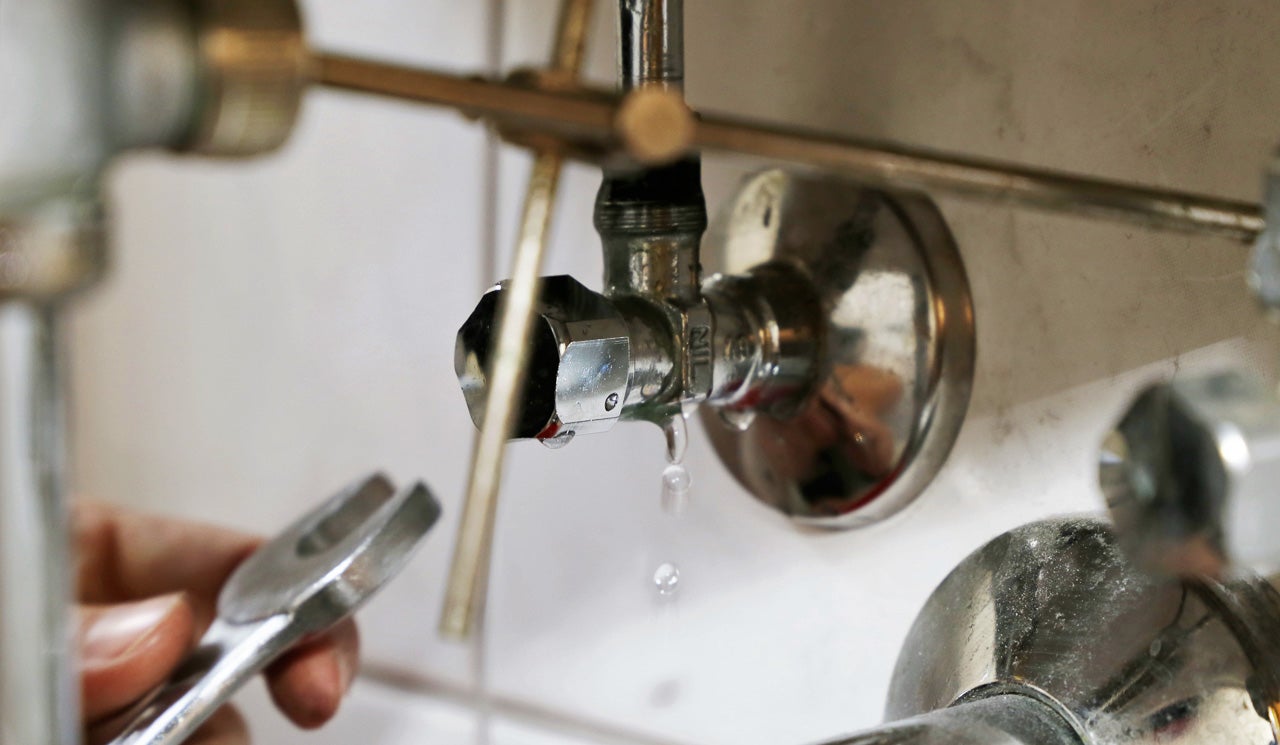How to Examine If Your Residence Has a Hidden Leakage
How to Examine If Your Residence Has a Hidden Leakage
Blog Article
Do you find yourself searching for details on Leaking water lines?

Early discovery of dripping water lines can reduce a possible calamity. In addition to conserving you cash, it will certainly minimize the aggravation and disappointment. The moment you find a leakage, calling your plumber for repair work is the very best solution. Some little water leaks might not be visible. If you can not discover it with your naked eyes, right here are some hacks that help.
1. Analyze the Water Meter
Every residence has a water meter. Inspecting it is a proven manner in which helps you find leakages. For beginners, switch off all the water sources. Guarantee nobody will certainly purge, make use of the tap, shower, run the cleaning equipment or dishwashing machine. From there, most likely to the meter and also watch if it will certainly alter. Considering that no person is utilizing it, there must be no motions. If it moves, that suggests a fast-moving leak. If you discover no changes, wait a hr or 2 and check back once more. This indicates you may have a slow-moving leak that can even be below ground.
2. Inspect Water Intake
If you find unexpected modifications, despite your consumption being the very same, it suggests that you have leakages in your plumbing system. An unexpected spike in your bill shows a fast-moving leakage.
At the same time, a consistent boost every month, despite having the exact same behaviors, shows you have a slow-moving leak that's also gradually escalating. Call a plumber to completely examine your property, particularly if you really feel a cozy area on your floor with piping beneath.
3. Do a Food Coloring Examination
When it comes to water usage, 30% originates from commodes. Examination to see if they are running effectively. Decline flecks of food shade in the tank and wait 10 minutes. There's a leak in between the storage tank as well as bowl if the shade in some way infiltrates your bowl during that time without flushing.
4. Asses Exterior Lines
Do not fail to remember to check your exterior water lines as well. Should water permeate out of the connection, you have a loosened rubber gasket. One small leak can throw away heaps of water and increase your water expense.
5. Evaluate as well as Assess the Scenario
Homeowners must make it a behavior to check under the sink counters and also inside cupboards for any kind of bad odor or mold and mildew growth. These two warnings show a leakage so prompt interest is needed. Doing regular inspections, even bi-annually, can save you from a major issue.
Check for stainings as well as weakening as many pipelines and also appliances have a life expectancy. If you think dripping water lines in your plumbing system, do not wait for it to rise.
Early detection of leaking water lines can reduce a prospective catastrophe. Some small water leakages might not be noticeable. Checking it is a surefire way that helps you discover leaks. One little leakage can throw away tons of water as well as surge your water bill.
If you suspect leaking water lines in your plumbing system, do not wait for it to intensify.
WARNING SIGNS OF WATER LEAKAGE BEHIND THE WALL
PERSISTENT MUSTY ODORS
As water slowly drips from a leaky pipe inside the wall, flooring and sheetrock stay damp and develop an odor similar to wet cardboard. It generates a musty smell that can help you find hidden leaks.
MOLD IN UNUSUAL AREAS
Mold usually grows in wet areas like kitchens, baths and laundry rooms. If you spot the stuff on walls or baseboards in other rooms of the house, it’s a good indicator of undetected water leaks.
STAINS THAT GROW
When mold thrives around a leaky pipe, it sometimes takes hold on the inside surface of the affected wall. A growing stain on otherwise clean sheetrock is often your sign of a hidden plumbing problem.
PEELING OR BUBBLING WALLPAPER / PAINT
This clue is easy to miss in rooms that don’t get much use. When you see wallpaper separating along seams or paint bubbling or flaking off the wall, blame sheetrock that stays wet because of an undetected leak.
BUCKLED CEILINGS AND STAINED FLOORS
If ceilings or floors in bathrooms, kitchens or laundry areas develop structural problems, don’t rule out constant damp inside the walls. Wet sheetrock can affect adjacent framing, flooring and ceilings.
https://www.servicemasterbyzaba.com/blog/how-to-detect-water-leakage-in-walls/

I was brought to that report about Leaking water lines from a good friend on a different web address. If you appreciated our blog post plz make sure you remember to share it. Bless you for your time. Kindly pay a visit to our website back soon.
Report this page